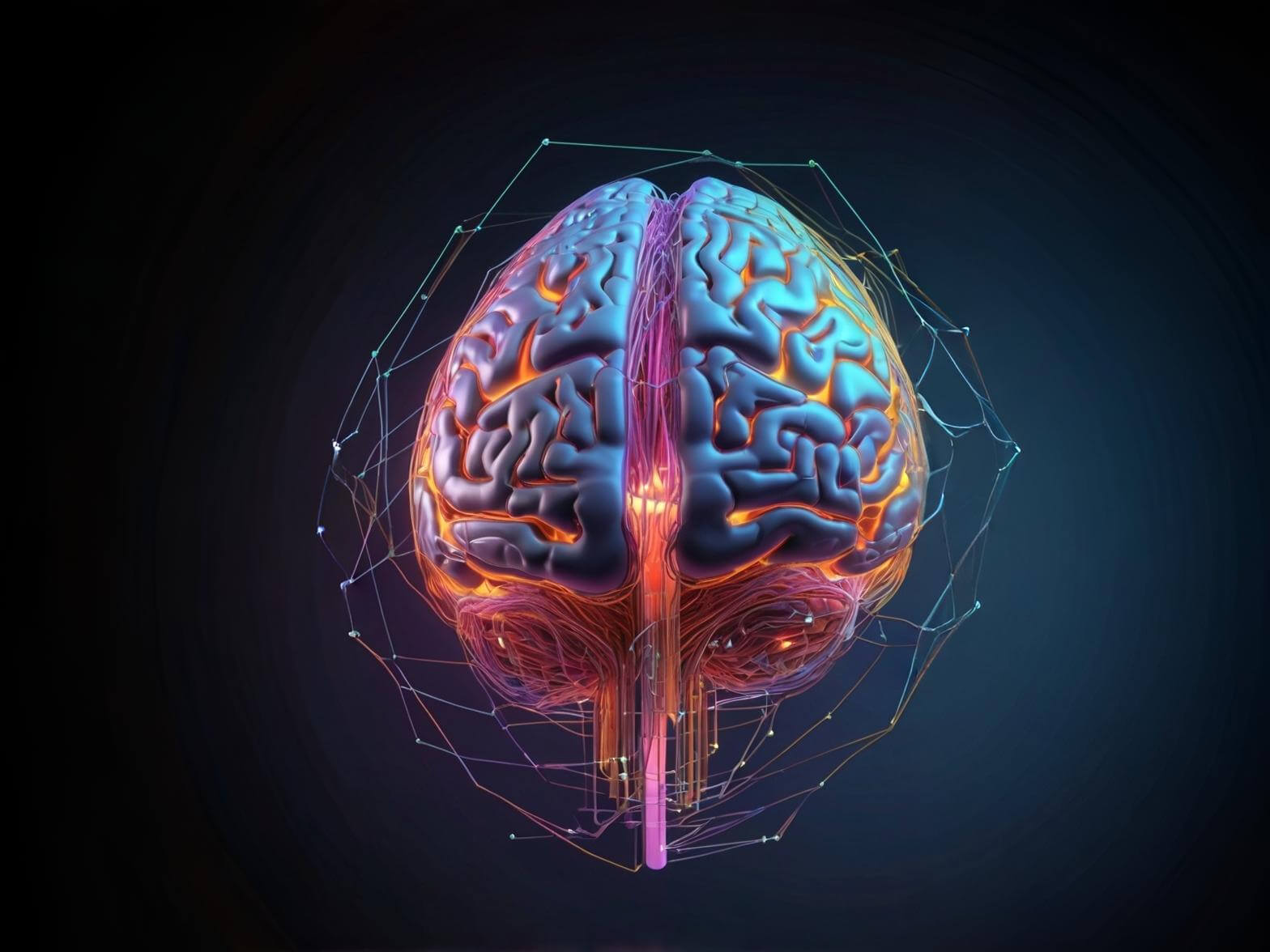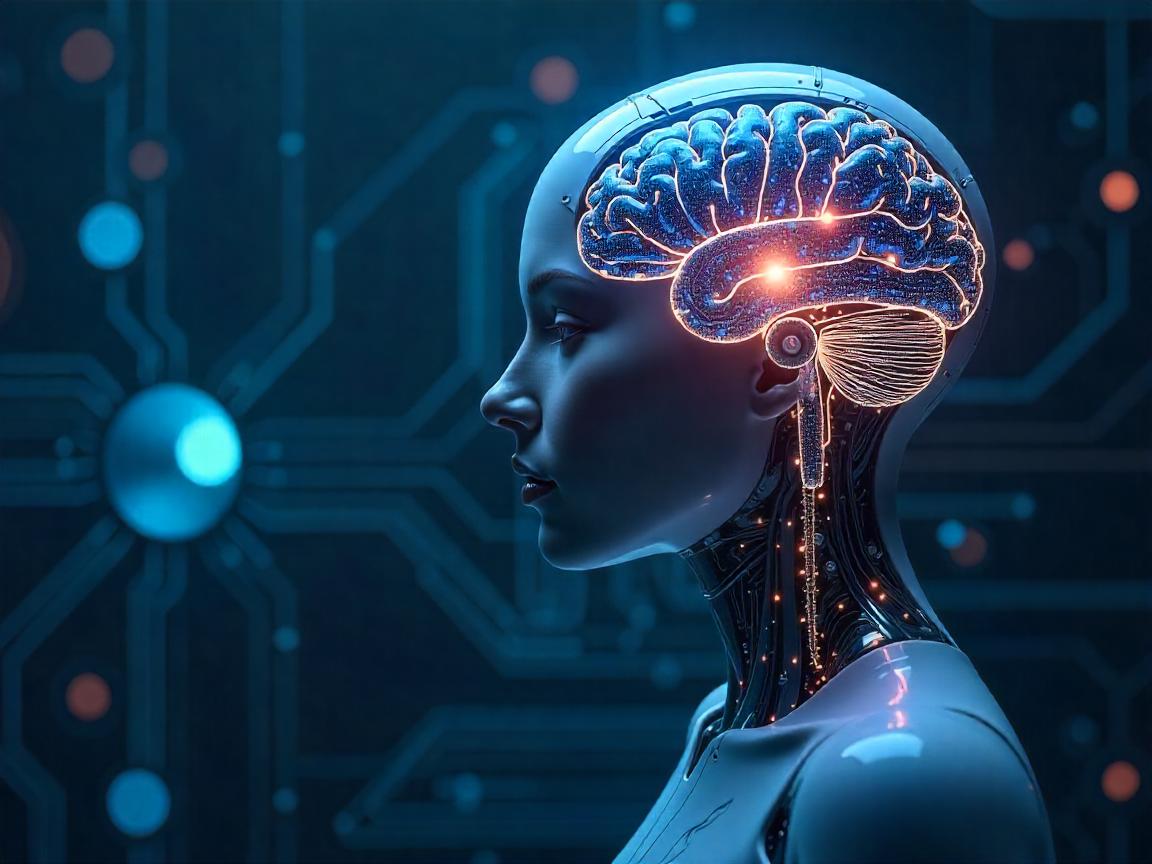When we think of the future of technology, artificial intelligence (AI) usually comes to mind first. AI is already transforming various industries, from healthcare and finance to entertainment and transportation. But beyond AI lies another groundbreaking innovation—neuromorphic computing. It’s a term that might not sound familiar to many, but it holds immense promise for creating machines that think and process information more like human brains.
In simple terms, neuromorphic computing is a field of computer science and engineering that aims to mimic the structure and function of the human brain. Let’s dive into what this means, why it matters, and how it could potentially transform the world as we know it.
What Is Neuromorphic Computing?
Neuromorphic computing refers to the design and development of computer systems that replicate the architecture and dynamics of the human brain. The word “neuromorphic” itself comes from “neuro,” meaning related to the brain or nervous system, and “morphic,” meaning form or structure. Neuromorphic computing, therefore, seeks to create computer hardware and software that resembles the brain’s structure and functions.
Our brains are incredibly efficient at processing information. They can take in vast amounts of data from our senses (sight, hearing, etc.), process it in real-time, and make decisions almost instantaneously. Neuromorphic systems try to imitate this efficiency by using artificial neurons and synapses, much like how the brain uses biological neurons and synapses to process information.
How Does the Human Brain Work?
To understand neuromorphic computing, it’s important to first understand how the brain works on a fundamental level. The brain is composed of billions of nerve cells called neurons. These neurons communicate with each other through tiny gaps called synapses, forming an incredibly complex network. When a neuron receives a signal from another neuron, it can either pass that signal along or suppress it, depending on the strength and nature of the input.
The strength of the connection between neurons can change over time, based on experience. This ability to adapt is known as plasticity, and it is what allows us to learn, remember, and grow. Neuromorphic computing seeks to replicate these functions of neurons and synapses in artificial systems.
How Does Neuromorphic Computing Work?
In traditional computers, processing and memory are separated. The Central Processing Unit (CPU) does the “thinking,” while the Random Access Memory (RAM) stores data. This separation creates a bottleneck, as the processor has to constantly shuttle data back and forth between the memory and the CPU.
Neuromorphic computing eliminates this bottleneck by closely integrating processing and memory, just like in the brain. In a neuromorphic system, artificial neurons and synapses are interconnected to form neural networks, which can process and store information in a more efficient and brain-like way.
One of the key differences between neuromorphic computing and traditional computing is the way information is represented. Traditional computers use binary code—ones and zeros—to represent information. Neuromorphic systems, on the other hand, use spikes, or pulses of electricity, to represent and transmit information. This is similar to how neurons communicate in the brain through electrical impulses.
By emulating the brain’s natural processes, neuromorphic systems can potentially perform complex tasks like pattern recognition, decision-making, and sensory processing with much greater efficiency than traditional computers.
Key Features of Neuromorphic Computing
Here are some of the main features that set neuromorphic computing apart from conventional computing:

- Event-Driven Processing: Neuromorphic systems process information only when there is a change in the environment or a new input, much like how our brain processes sensory information only when something important happens. This event-driven processing reduces energy consumption and improves efficiency.
- Parallel Processing: Unlike traditional computers, which process information sequentially (one step at a time), neuromorphic systems can process many different tasks simultaneously in parallel, just like the human brain. This parallelism enables faster and more efficient computations.
- Low Power Consumption: The human brain operates on just 20 watts of power, which is less than what a typical lightbulb uses. Neuromorphic chips are designed to consume much less power than traditional CPUs and GPUs, making them ideal for use in low-power environments such as mobile devices, IoT devices, and even space exploration.
- Adaptive Learning: Neuromorphic systems are inherently more flexible and adaptive than traditional systems. By mimicking the plasticity of the brain, they can learn from experience and adapt to new inputs over time, without needing to be explicitly programmed.
- Fault Tolerance: The human brain can continue functioning even when some neurons are damaged. Neuromorphic systems are designed to be similarly resilient, capable of operating even in the presence of faults or failures in some components.
Neuromorphic Hardware: A Look at Chips
To make neuromorphic computing a reality, specialized hardware is required. Several companies and research institutions have been developing neuromorphic chips that replicate the behavior of neurons and synapses. Here are a few notable examples:
- IBM’s TrueNorth: TrueNorth is a neuromorphic chip designed by IBM that contains over a million artificial neurons and billions of synapses. It is capable of processing information in parallel and has been used for tasks like pattern recognition and sensory processing.
- Intel’s Loihi: Intel’s Loihi chip is another example of a neuromorphic processor. Loihi is designed to mimic the way the brain processes and learns from sensory data. It has been used in applications like robotics, where real-time decision-making and adaptability are crucial.
- SpiNNaker: Developed by the University of Manchester, SpiNNaker (Spiking Neural Network Architecture) is a neuromorphic system designed to simulate large-scale brain networks. It uses spikes, or bursts of electrical activity, to transmit information between artificial neurons.
Applications of Neuromorphic Computing
Neuromorphic computing is still in its early stages, but its potential applications span a wide range of industries and fields. Some of the most promising areas include:
- Artificial Intelligence (AI): Neuromorphic computing could revolutionize AI by enabling machines to process and analyze data in a more brain-like way. This could lead to more advanced and efficient AI systems capable of real-time learning and decision-making.
- Robotics: In robotics, neuromorphic computing could enable robots to process sensory data in real-time and make decisions on the fly, allowing them to navigate complex environments and interact with humans in a more natural and intuitive way.
- Healthcare: Neuromorphic systems could be used in medical devices to monitor and process data from the human body. For example, a neuromorphic chip could be implanted in the brain to help treat neurological disorders like epilepsy by detecting abnormal brain activity and responding in real-time.
- Autonomous Vehicles: Self-driving cars rely on processing vast amounts of sensory data in real-time to navigate safely. Neuromorphic computing could make this process more efficient, reducing the power consumption and processing time required to make split-second decisions on the road.
- Energy-Efficient Computing: Neuromorphic systems are designed to be energy-efficient, making them ideal for use in environments where power is limited, such as mobile devices, wearable technology, and remote sensors in the Internet of Things (IoT).
- Brain-Machine Interfaces (BMI): Neuromorphic technology has the potential to vastly improve BMIs, which allow direct communication between the brain and machines. This could enhance the development of prosthetics that are controlled by thought or enable new forms of communication for individuals with disabilities.
Neuromorphic Computing vs. Traditional AI
While both neuromorphic computing and traditional AI strive to create intelligent systems, there are notable differences between the two approaches.

- Hardware vs. Software Focus: Traditional AI models, such as deep learning neural networks, primarily rely on powerful software running on conventional hardware (CPUs or GPUs). Neuromorphic computing, on the other hand, seeks to redesign the hardware itself, creating a more efficient platform for brain-like processing.
- Energy Efficiency: Neuromorphic systems are inherently more energy-efficient than traditional AI models because they mimic the low-power consumption of the human brain. Traditional AI systems often require immense computational resources and energy, especially when training large models.
- Real-Time Processing: Neuromorphic computing excels in real-time data processing and decision-making, making it well-suited for applications like robotics and autonomous systems. Traditional AI systems often require large datasets and substantial computational power to process information, which can be slower in real-time environments.
Challenges and Future of Neuromorphic Computing
Despite its enormous potential, neuromorphic computing is still in its early stages, and several challenges remain before it can achieve widespread adoption.
- Development Complexity: Designing and building neuromorphic hardware is a complex task that requires significant expertise in neuroscience, computer science, and engineering. As a result, neuromorphic systems are currently more difficult to develop and program than traditional computers.
- Lack of Standardization: There is currently no standard architecture for neuromorphic systems, meaning that different companies and research institutions are developing their own unique designs. This lack of standardization could slow down the widespread adoption of neuromorphic computing.
- Software Limitations: Existing software and algorithms are designed for traditional computing architectures and are not well-suited for neuromorphic systems. New algorithms and programming paradigms will need to be developed to take full advantage of neuromorphic hardware.
Conclusion
Neuromorphic computing is an exciting and revolutionary field that has the potential to transform the way we think about and use technology. By mimicking the brain’s structure and function, neuromorphic systems promise to be more efficient, adaptable, and powerful than traditional computers. Though it’s still in its early stages, the future of neuromorphic computing holds immense promise, with applications in AI, robotics, healthcare, and beyond.
As researchers continue to push the boundaries of what’s possible, we could be on the brink of a new era in computing—one where machines think, learn, and adapt more like humans than ever before. In this brain-inspired future, the possibilities are endless.












